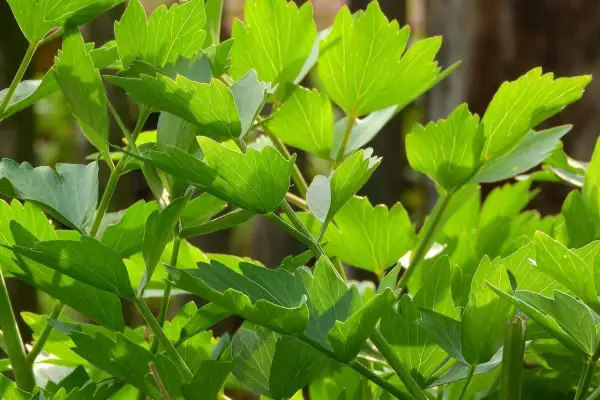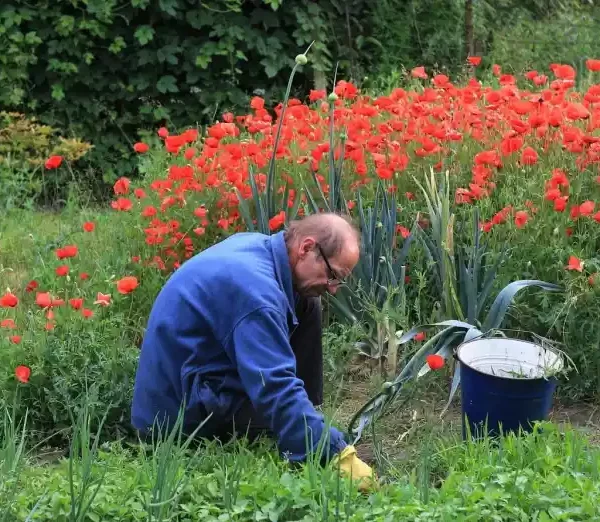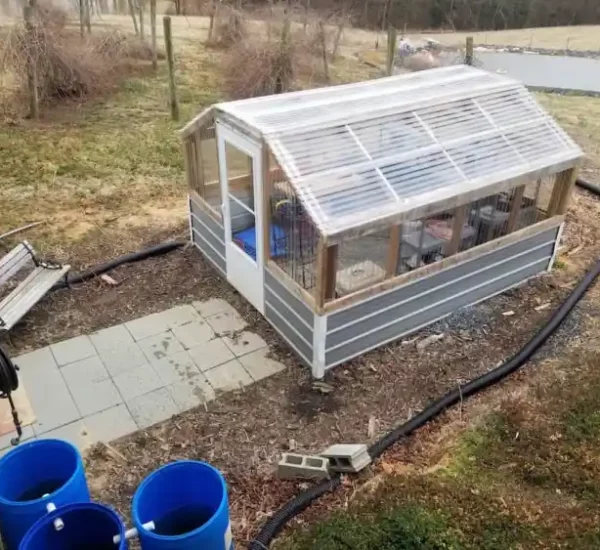Introduction
For novice gardeners, starting with transplants can be a smart and efficient way to kickstart your gardening journey. In this expert guide, we’ll explore the benefits of using transplants, offer practical tips for selecting and caring for transplants, and provide insights from governmental agricultural agencies, horticultural bodies, and academic experts.
Why Start with Transplants?
Time-Saving
Using transplants allows new gardeners to skip the time-consuming process of starting plants from seeds. By purchasing established seedlings or young plants from nurseries or garden centers, you can jumpstart your garden and enjoy quicker results.
Increased Success Rate
Transplants offer a higher success rate compared to starting from seeds, especially for beginner gardeners. With transplants, you can avoid common challenges such as seedling failure, damping off, and poor germination, giving your garden a better chance of thriving.
Selecting Quality Transplants
Choose Healthy Plants
When selecting transplants, look for healthy plants with robust stems, vibrant foliage, and well-developed root systems. Avoid plants with signs of stress, disease, or pest damage, as they may struggle to establish themselves in your garden.
Consider Plant Size
Opt for transplants that are well-suited to your garden space and growing conditions. Choose compact varieties for small gardens or containers, while larger plants may be suitable for spacious outdoor beds or raised gardens.
Caring for Transplants
Proper Planting Techniques
Ensure transplants are planted at the appropriate depth and spacing to promote healthy root development and prevent overcrowding. Follow planting guidelines provided by reputable sources or consult with local horticultural experts for personalized advice.
Watering and Feeding
Provide transplants with adequate water and nutrients to support growth and establishment. Monitor soil moisture levels regularly and water deeply to encourage root growth. Consider supplementing with organic fertilizers or compost to promote vigorous growth and flowering.
Transitioning Transplants to the Garden
Harden Off
Before transplanting into the garden, gradually acclimate plants to outdoor conditions through a process known as hardening off. Gradually expose transplants to increasing amounts of sunlight, wind, and temperature fluctuations over a period of 7 to 10 days to minimize transplant shock.
Timing is Key
Choose the appropriate time to transplant based on your local climate and weather conditions. Aim to transplant after the risk of frost has passed and soil temperatures have warmed sufficiently for optimal plant growth and development.
Conclusion
Starting with transplants offers new gardeners a convenient and reliable way to begin their gardening journey with confidence. By selecting quality transplants, practicing proper care techniques, and transitioning plants to the garden with care, you can set the stage for a successful and rewarding gardening experience.
Why should I start my gardening journey with transplants?
Starting with transplants saves time and increases the likelihood of success for new gardeners by skipping the seed starting process and ensuring healthy, established plants from the outset.
Where can I find quality transplants for my garden?
Quality transplants can be found at local nurseries, garden centers, or farmers’ markets. Look for healthy plants with vibrant foliage and well-developed root systems.
How do I know if a transplant is healthy and suitable for my garden?
Choose transplants with robust stems, healthy foliage, and no signs of disease or pest damage. Consider factors such as plant size and suitability for your garden space and growing conditions.
When is the best time to plant transplants in my garden?
Transplanting should be done after the risk of frost has passed and soil temperatures have warmed sufficiently for optimal plant growth. Timing may vary depending on your local climate and weather conditions.
Do I need to acclimate transplants before planting them in the garden?
Yes, it’s essential to gradually acclimate transplants to outdoor conditions through a process known as hardening off. Gradually expose plants to increasing amounts of sunlight, wind, and temperature fluctuations over 7 to 10 days to minimize transplant shock.
How often should I water transplants after planting them in the garden?
Monitor soil moisture levels regularly and water transplants deeply as needed to promote root growth and establishment. Avoid overwatering, which can lead to root rot, and aim for consistent moisture levels to support healthy plant growth.
Can I fertilize transplants after planting them in the garden?
Consider supplementing transplants with organic fertilizers or compost to provide essential nutrients for growth and flowering. Follow fertilizer application guidelines and avoid over-fertilizing, which can harm plants.
What are some common mistakes to avoid when transplanting?
Avoid planting transplants too deeply or too shallowly, as this can hinder root development and plant growth. Additionally, be mindful of overwatering, insufficient hardening off, and transplanting during adverse weather conditions.
Can I transplant vegetables, herbs, and flowers into the garden at the same time?
Yes, you can transplant a variety of vegetables, herbs, and flowers into the garden at the appropriate time based on their specific requirements and growing conditions. Consider companion planting and crop rotation principles when planning your garden layout.
How long does it take for transplants to establish themselves in the garden?
Transplant establishment time varies depending on factors such as plant type, environmental conditions, and care practices. With proper care and attention, transplants typically establish themselves within a few weeks and begin actively growing and flowering.
- Virginia’s Growing THC Seltzer Craze - June 5, 2025
- Find THC Sodas in Ohio - June 5, 2025
- THC Infused Seltzers to Try in New Jersey - May 19, 2025




